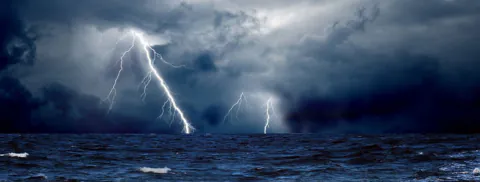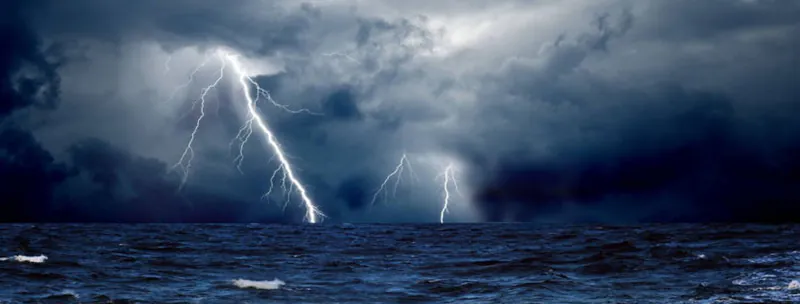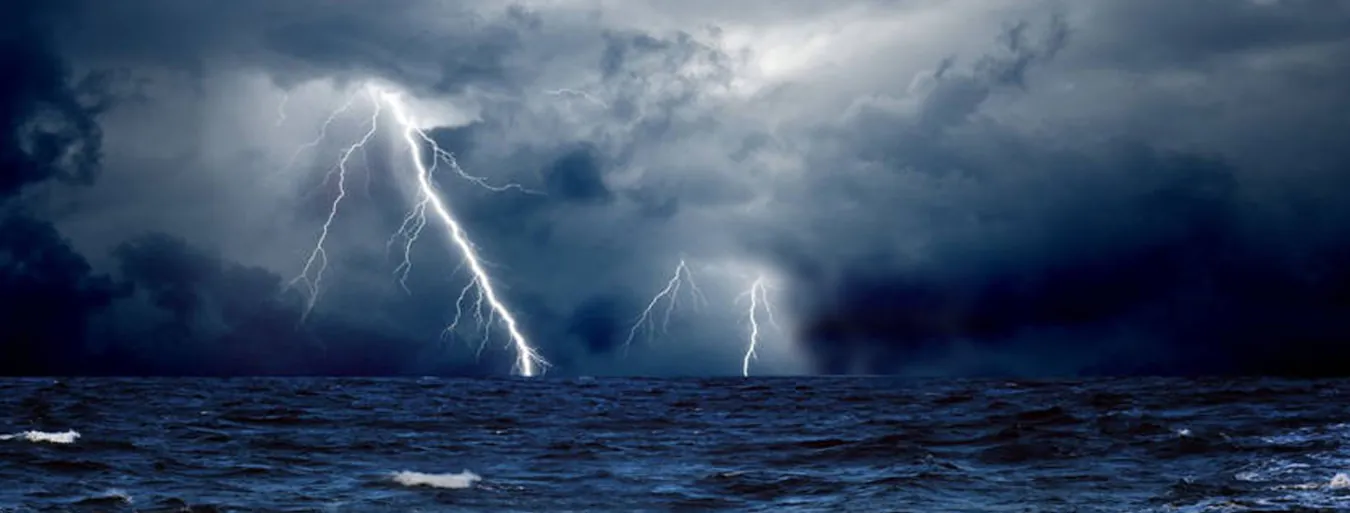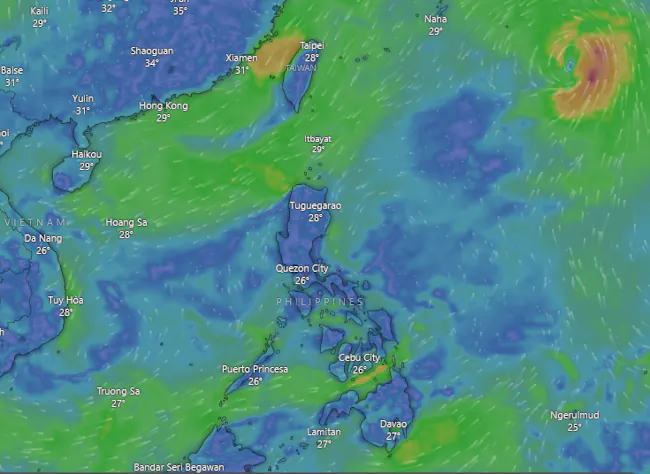Storm Warning Philippines
Tropical Storms and Typhoons that originated within the Philippine Area of Responsibility ("PAR") or are likely to affect the Philippines are shown on the images below. If you are sailing in the Philippines or planning to arrive here soon then we encourage you to stay current on the weather advisories here.
See below for tropical storms forecast that may affect the Philippines.
Latest Position Tropical Storm 29W "Nakri" (JTWC)
This storm, Nakri, originated northeast of Guam and passing through the northeast portion of the PAR today and tomorroe, tracking northwest. The storm is expected to increase to typhoon strength after turning northeast before reaching Yakushima, Japan. It is unlikely to signficantly affect the Philipines directly at any time.
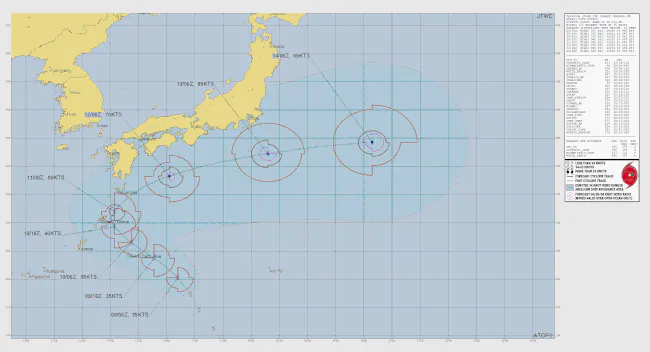
The above image is reproduced from Joint Typhoon Warning Center
To see how the storm may affect your location of interest you can review the PAGASA Tropical Storm Advisory and see if there is a Tropical Cyclone Wind Signal in effect that affects that location.
The Bigger Picture
For the current broader view of how Tropical Storm Nakri may affect the the Philippines we have included a graphic image from windy.com and if you click on the image you can see the forecast wind predictions for the coming seven days, and more . . .
How To Prepare For A Typhoon
Typhoons and Tropical Storms bring wind & rain and may cause a storm-surge along coastlines facing an approaching storm; being prepared is essential to survival. In general, a tropical storm will deposit more rain than a typhoon; typhoons deliver more wind and, the closer you are to the storm's center, the wind can be seen to dramatically change in direction as the storm passes. Along coasts that face the approaching typhoon there may be a storm surge (highest recorded storm surge in the Philippines was seven metres in Tacloban (Leyte), 8th November, 2013). Preparing for either a typhoon or tropical storm is the same.
Preparing Your Yacht
Whether your yacht insurance in current or not, the following course of action is essential. If your yacht insurance is current then you should make note of all the items in this list - when accomplished and by whom - because if your yacht is damaged (or if it causes damage) the insurance company will expect submission of your precautionary actions in order to expedite the processing of your claim.
First step is to check the latest storm track on the Joint Typhoon Warning Center website and if the storm track is forecast to pass within 100 miles of your location then do the following:
- locate the closest "typhoon shelter" and get there as soon as you can - everyone will have the same objective and it is first come first served for the best location
- anchor with minimum 5:1 ratio scope to depth
- only tie-up to a mooring if you know that the mooring is managed and regularly maintained
- secure as many fenders as you have available to your yacht's beamiest areas
- prepare at least three days food for the crew who will stay aboard
- define and discuss a watch system that ensures someone is aboard / awake at all times
- stow below anything that cannot be tied-down on deck
- secure / bind all sails that cannot be stored below decks
- let someone distant know where you are located and (hopefully) maintain contact on a regular schedule (every six hours recommended)
- make early contact with other vessels' crew in the typhoon shelter to establish rapor, in case you need assistance later
- charge all re-chargeable batteries and devices that may be required
- leave at least one knowledgeable crew aboard at all times during the passing of the storm
- for insurance purposes log-record the presence of all crew aboard during the passage of the storm
click here if looking for yacht insurance cover for storms
Preparing for a Storm On Land
In the following, we are assuming you are not on the ocean and that your yacht is secure in a marina or at a typhoon-safe mooring. If this is not the case then make it so, before the storm arrives.
Typical challenges that typhoons and tropical storms create:
- storm surges (similar to a tsunami) along coasts facing the storm
- flooding of low-lying areas
- rivers and streams will burst their banks
- ponds and lakes will overflow their perimeters
- hillsides denuded of old-growth forest will lose their topsoil that will choke drainage channels and waterways
- conglomerations of topsoil will cause landslides
- waterlogged soil on hillsides, that have been cut for roads and other purposes, will cause landslides
- power poles may be blown over causing loss of power transmission
- telecommunications towers may be damaged
- roads may become impassable because of landslides and fallen trees & power poles
- waterways may become chocked with fallen trees and other debris causing further flooding in adjacent areas
- crops may be lost due to poor drainage, inundation and or wind damage
- poorly secured roofing on houses and other structures may be blown away
Prepare With Preventative Measures
When a storm is forecast to pass within a hundred kilometers of your location you can do many things to prepare yourself, your family and your friends to avoid the worst effects of the potential disaster. The preparations you make will minimize the impact of the storm and ensure that your life continues as best it can under whatever circumstance arises.
Two things to remember: typhoons and tropical storms are dangerous and can kill; and, most storms will pass within two days.
People die in storms mostly because they do not use common sense. Common sense says: when a storm is approaching, or passing, or has just passed, it is foolish to go outside. You can be killed by: flood waters, landslides, downed electric cables, falling trees and any number of objects that may be hurled by the wind, including coconuts, roofing sheets and other dislodged objects.
Most people venture outside in a storm because they have not prepared themselves to stay indoors. They may want to venture outside in a storm to get food, water, load for mobile phones, to start a generator or to secure things that are being blown around. Best to prepare in advance . . .
Preventative Measures BEFORE A Storm
Do you live along a coast facing the Pacific Ocean? and, is your property less than 10 metres above sea level? If "yes" to both then, if your property is close to the predicted path of an approaching storm, you should seriously consider to evacuate to higher ground.
If "no" to both of the above then:
- secure all roof materials
- remove all debris and garbage from gutters, drains and drainage channels
- trim trees with overhanging branches
- remove potted plants from window sills and other high places from where they may fall
- harvest crops (coconuts especially) before the storm arrives
- move valuable items away from windows
- place valuable items on tables or in cabinets above waist height
- make sure you have at least two flashlights, a battery operated radio and two whistles
- make sure you have at least twelve candles, four replacement batteries for each flashlight & two for the radio
- make sure you have a combination of dry (in sealed containers) and foil-packed (they float better than cans and the labels don’t wash off) food for at least two days for each person in your house
- make sure you have a first-aid kit containing basic treatments for cuts and minor injuries
- make sure you have hygiene packs for basic toiletry and personal needs for each person in you house
- invest in a portable, butane gas stove and also invest in four replacement gas canisters
- make sure you have at least four litres of drinking water, in clean containers, for each person in your house
- make sure your mobile phone (and other communications devices) and battery packs are fully charged until the moment the electricity fails
- if you own a vehicle or a generator set, fill the fuel tank
- conduct a briefing for all persons in your house about what is available, how to use radio, flashlights, whistles and other gadgets, so that they know they are prepared and have no reason to panic
- listen to the radio or television or use the Internet to obtain the latest information about the location and track of the storm
- encourage your neighbors to do the same
Protective Measures DURING A Storm
- do not go outside, not even to start a generator
- stay away from windows
- keep the radio tuned to a channel that provides local, news & weather updates
- distract people in the house with stories, games, reading books or documenting their own account of the storm
- eat at normal meal times
- if possible, maintain six-hourly communications with someone who lives well away from the storm's path to let them know you are OK
Protective Measures AFTER A Storm
- communicate with someone who lives well away from the storm’s path to let them know you have survived and what you may now need
- do not go outside without a way to communicate with people in the house
- do not go outside without a whistle
- avoid areas of standing or flowing water
- avoid areas where power poles/lines have fallen
- document distressed locations that you may observe (to relay to emergency services)
- help your neighbors where helping does not endanger your own life
If you are prepared, think safe and use common sense, you can survive any storm.
